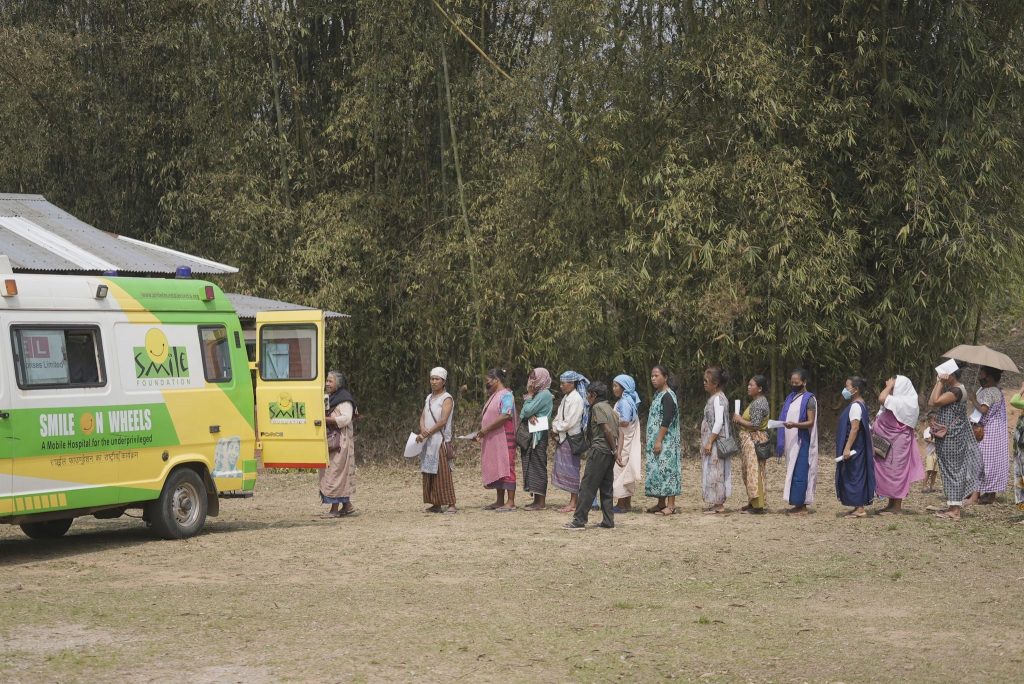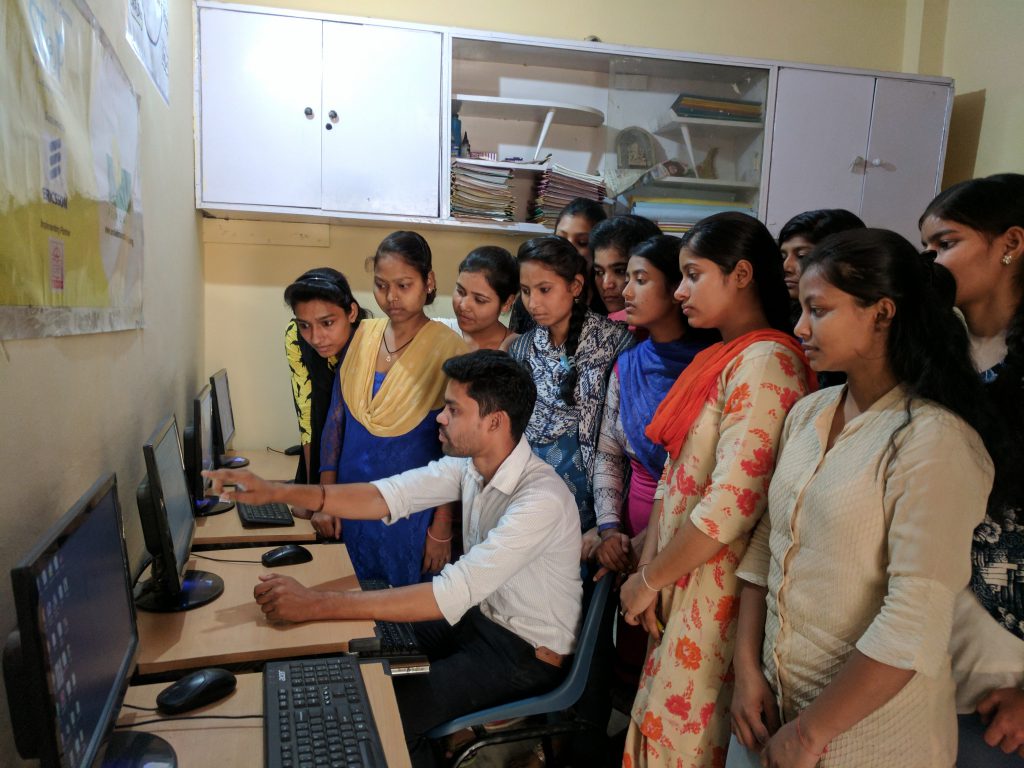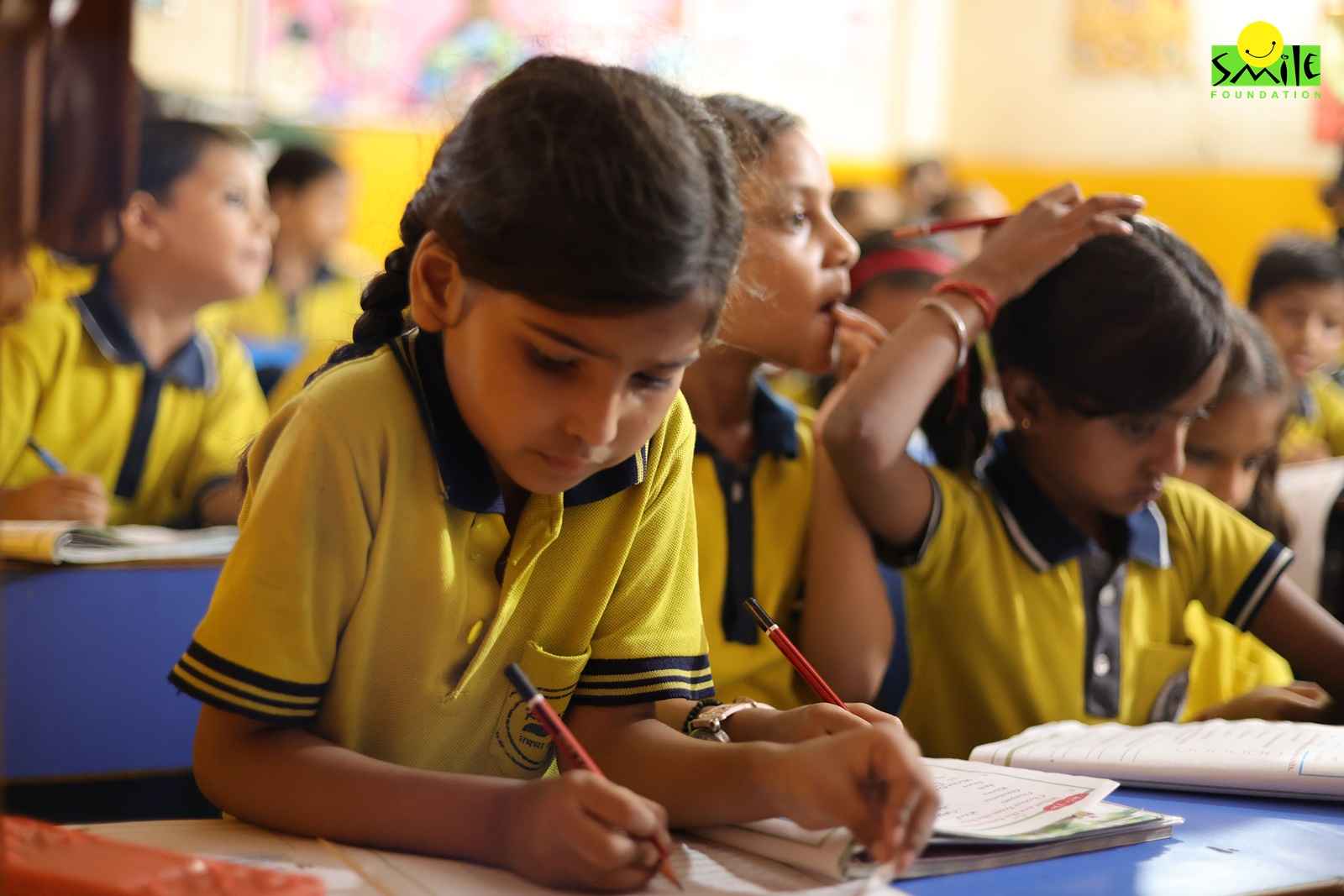The nations of the world adopted the 2030 Sustainable Development Goals (SDGs) in 2015, setting universal health coverage (UHC) as one of the primary goals.
Universal health coverage recognizes healthcare as a basic right for all individuals. The World Health Organization (WHO) defines UHC as the provision of quality health services to everyone, whenever and wherever they need it, without causing financial strain. The aim is to improve the overall quality of life and healthcare globally.
A Brief History
The concept of universal healthcare began to emerge after World War 2, with Germany being the first country to act on it through the Sickness Insurance Law in 1883. Subsequently, countries like the United Kingdom, Japan, Nordic countries, and Egypt established their own universal healthcare systems. Presently, 72 countries around the world have successfully achieved UHC, ensuring both accessibility and affordability of healthcare.
Accessibility and Affordability – The Two Essential Components
The terms “accessibility” and “affordability” are crucial in achieving UHC. Accessibility means ensuring that all healthcare services established by the government are available to both urban and rural populations. It involves more than just setting up hospitals and clinics, encompassing all aspects of healthcare, such as medication availability, well-trained doctors, and quality primary healthcare.
Affordability plays a vital role in UHC, aiming to eliminate the financial burden of healthcare. According to the WHO, around 100 million people are driven into poverty due to unaffordable medical bills. To address this, UHC focuses on reducing the costs of healthcare facilities and medical professional fees. However, it raises questions about fair compensation for medical professionals and the funding required to sustain healthcare facilities.
Funding for UHC
Funding for UHC is typically achieved through a mixed model, primarily relying on government taxation and social insurance. This approach ensures that healthcare is indirectly funded by the population without imposing additional charges, making it affordable for all. Other funding methods include compulsory insurance, single-payer systems, tax-based financing, social health insurance, private insurance, and community-based health insurance.
India’s Journey Towards Universal Health Coverage
India has made efforts towards achieving UHC through schemes like the Pradhan Mantri Jan Arogya Yojna (PMJAY), providing insurance coverage to the poorest 40 percent of the population. While PMJAY is an advancement over previous schemes, it falls short of ensuring universal health coverage. India faces challenges in terms of healthcare quality, particularly in rural areas. Neglect of primary health care is another hindrance that needs to be addressed.
Primary health care is extremely crucial to achieve the objective of universal health coverage. It is a whole-of-society approach to achieve the highest possible level of health and well-being. It includes advisory and counseling services, educational programmes that aid in spreading awareness about the prevention of chronic diseases, etc. Having an effective strategy for primary health care is highly crucial for UHC.
India has made a lot of progress from its initial set-up to achieve universal health coverage, but the country still has a long way to go.
The Road Ahead for Universal Health Coverage
Universal health coverage is a significant milestone that nations strive to achieve under the SDGs 2030. It recognizes the fundamental right to health for all individuals. While remarkable progress is being made, there is still much work to be done to turn the dream of UHC into a reality. It requires rigorous efforts and effective strategies to improve healthcare quality and prioritize primary healthcare.
In conclusion, achieving universal health coverage is a monumental task that demands the commitment of nations worldwide. It represents hope for a future where everyone can access quality healthcare without financial hardship.
Smile Foundation and Universal Health Coverage
Daily wage labourers living in urban villages and remote rural population of India faces challenges in accessing quality healthcare in India. Believing that health-seeking behaviour is established when healthcare is taken to the doorsteps of those who need it the most, Smile Foundation’s healthcare programme, Health Cannot Wait is present in more than 700 villages and slums of India including 14 aspirational districts of the country.
Reaching the unreached through fully-equipped Mobile Healthcare Units staffed with doctors and paramedics, providing OPD services, point-of-care test facilities and medicines through our mobile healthcare units, Smile on Wheels (SoW) is one of the five ways in which we address the gaps in availability, accessibility and affordability of healthcare.
Annual health camps are also one of the major efforts for healthcare to reach the rural population of India. Every year, thousands of children, women and senior citizens from over 100 villages line up to receive free healthcare services at the multi-disciplinary Mega Health Camp in Bhilwara, Rajasthan. This Annual Mega Health Camp has been serving a population of 30,000 villagers annually for the last 20 years.
Do consider making a small donation here for healthcare to reach vulnerable communities, with a special focus on women and children.









